There was a marvellous general of yesteryear called George Burns. He had a good war and a splendid peace. He also held senior posts for longer than would be permitted in these diminished times. Colonel of the Coldstream for 32 years, he was Lord-Lieutenant of Hertfordshire for a quarter of a century.
Many stories are told about him. Connoisseurs of equestrianism say that he was much the worst rider ever to appear at the Queen’s Birthday Parade, always looking like a magnificently attired and bemedalled sack of potatoes. He also had a set diet: a game bird at every meal. Once, he collapsed, was rushed to hospital and opened up. The medics expected to find terminal stomach cancer. Instead, they encountered what looked like the overflowing harvest from an enormous tin of caviar. General George’s innards were almost blocked by lead pellets. They were hoovered out, he was sewn up and normal service was resumed.
The General also knew paintings. He had inherited a collection of Old Masters, one of which he sold for £300,000 in the early 1970s: a Bellotto of Verona. The National Gallery wanted it, but that wretched and despicable philistine Ted Heath had forced the gallery to beggar itself to prevent The Death of Actaeon leaving the country. So no Bellotto for Trafalgar Square; worse, no Velázquez Juan de Pareja. The Bellotto went on loan to the National Gallery of Scotland, whence it was sold the other day for £9 million: less than expected. Its new destination is unclear. It is to be hoped any application for an export licence would be held up while a major gallery was given the funds to acquire it.
It is a great painting: a view of Verona, including the Church of San Zeno. Verona was part of the Quadrilateral and as such in danger of being fought over. John Evelyn lamented that it had indeed been bashed about. Today, one would not notice. The visitor can delight in the same urban landscape that Bellotto captured.
Visitors are also likely to drink the local red, Valpolicella. At least until it reached the heights of Amarone, I had never taken much notice of it. Easily quaffable, just as easily forgettable: a barbecue red that summer has put in an appearance (and we might even have an uninterrupted Test match).
The other day, I revised my opinion. A 2011 Classico Superiore from Giuseppe Quintarelli was excellent, with plenty of fruit and enough structure to cope with 15 degrees of alcohol. This was far more than a quaff. The bottle age helped. Nor is it even the highest grade of sub-Amarone Valpolicella. That laurel belongs to Ripasso. I cannot remember drinking one of those, which must be rectified: perhaps in Verona.
Signor Quintarelli is obviously a character. His wine labels are defiantly rustic and artisanal. His podere must be vale il viaggio. I suspect than even his ordinary Valpolicella would be a superior quaff.
We were drinking in 2 Veneti, praised here before: a little piece of Venice near the Wigmore Hall. But we moved away from the Veneto for the second wine, an outstanding 1995 Barolo from Rocche dei Manzoni. This was not one of those old-fashioned Barolos of which it was said that they did not need a wine glass: they could stand up on their own. Its power was equalled by its sophistication and it slightly surpassed the Valpolicella, as one would expect.
There are new idiom Barolos, often from young growers, which are drinkable at a mere 12 years. Hew Blair of Justerini & Brooks is the ideal vade mecum to these promising wines. The Rocche dei Manzoni is a fine compromise between them and the Barolos which need 50 years. Ready now, it also has plenty of youth. Manzoni made one think of I Promessi Sposi. That is another way of saying ‘Italy’.
Got something to add? Join the discussion and comment below.
Get 10 issues for just $10
Subscribe to The Spectator Australia today for the next 10 magazine issues, plus full online access, for just $10.
You might disagree with half of it, but you’ll enjoy reading all of it. Try your first month for free, then just $2 a week for the remainder of your first year.


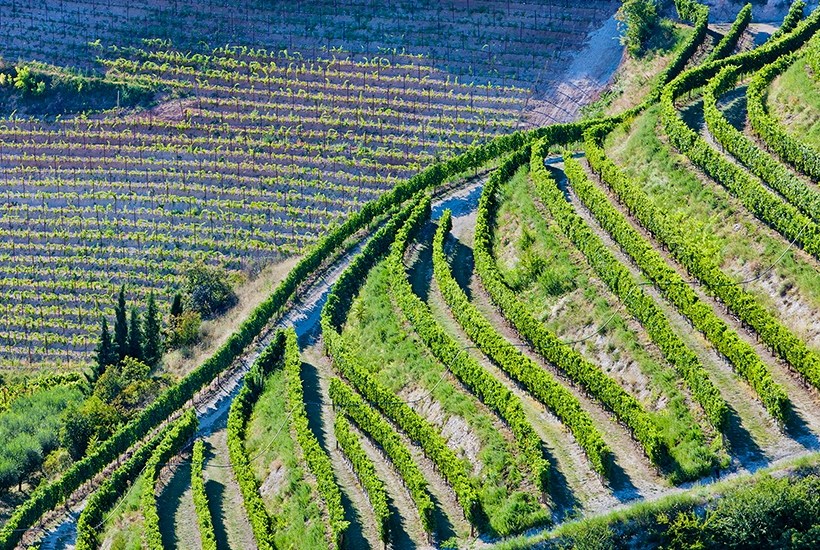
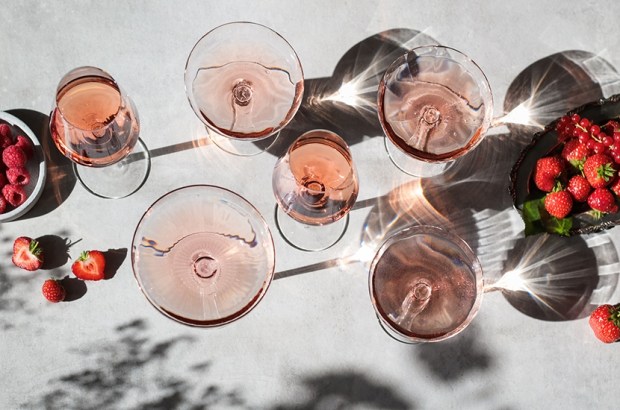
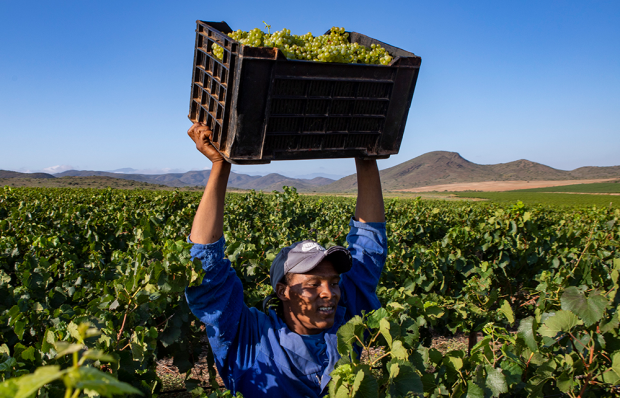
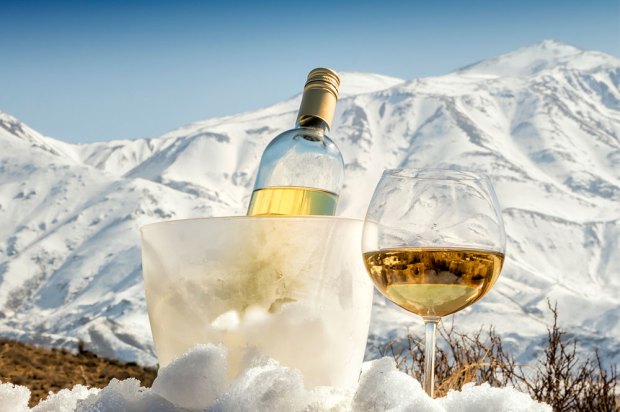
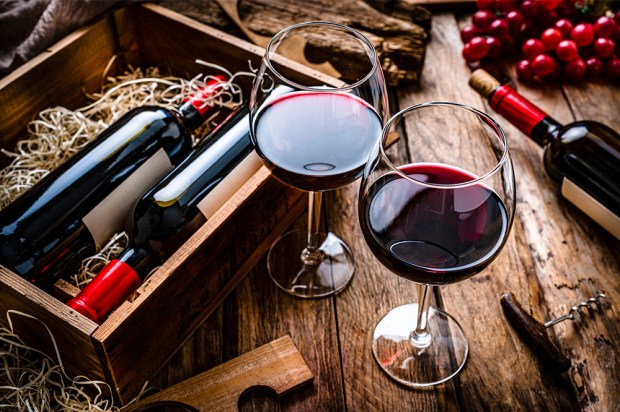
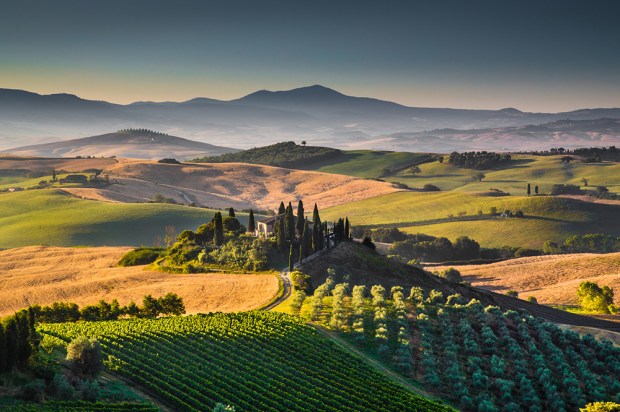







Comments
Don't miss out
Join the conversation with other Spectator Australia readers. Subscribe to leave a comment.
SUBSCRIBEAlready a subscriber? Log in